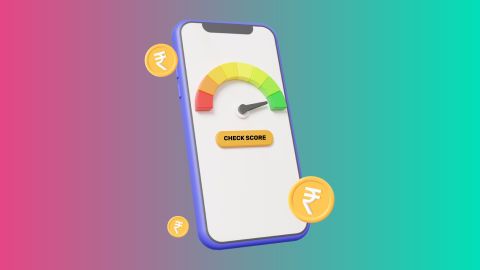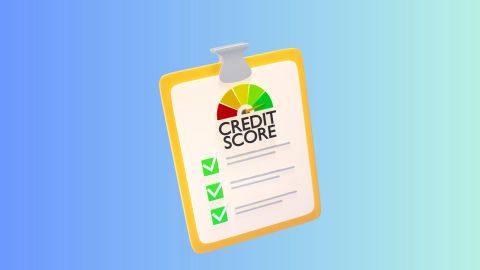The Aadhaar card, issued by the Unique Identification Authority of India (UIDAI), is a unique 12-digit identification number for residents of India. It serves as proof of identity and address, providing access to various government services and benefits. There are several types of Aadhaar cards designed to cater to different needs and formats, ensuring that every resident can easily access and utilise their Aadhaar information.
Types of Aadhaar Cards
Below, we explore the different types of Aadhaar cards available.
Physical Aadhaar Card
The Physical Aadhaar Card is a laminated card issued by the UIDAI. It contains the individual’s 12-digit Aadhaar number, name, date of birth, gender, and a photograph, along with a QR code that holds encrypted biometric data for authentication. This card is widely accepted as valid identification and address proof for various purposes, including opening bank accounts, applying for government subsidies, and more.
e-Aadhaar
e-Aadhaar is the electronic version of the Aadhaar card, which can be downloaded from the UIDAI website. It is a digitally signed document that contains the same information as the physical Aadhaar card. The e-Aadhaar is equally valid as a proof of identity and can be printed and used just like the physical card. It provides a convenient way to access your Aadhaar details anytime and anywhere without waiting for the physical card to be delivered.
mAadhaar
The mAadhaar app is a mobile application provided by UIDAI, allowing individuals to carry their Aadhaar information on their smartphones. The app stores an individual’s Aadhaar details, including name, address, photograph, and QR code, securely on the mobile device. The mAadhaar app can be used for identity verification and to access various Aadhaar services, such as updating personal information, downloading e-Aadhaar, and checking the status of Aadhaar requests.
PVC Aadhaar Card
The PVC Aadhaar Card is a more durable and convenient version of the physical Aadhaar card. It is made of polyvinyl chloride (PVC) and has the same information as the regular Aadhaar card, including the photograph, QR code, and demographic details. The PVC card is water-resistant and long-lasting, making it easier to carry and maintain. Residents can order the PVC Aadhaar card through the UIDAI website for a nominal fee.
Aadhaar Letter
The Aadhaar Letter is the original document sent to residents after their Aadhaar enrolment is processed. It is a paper-based letter that contains the Aadhaar number, demographic details, photograph, and a QR code for authentication. The Aadhaar Letter serves as a valid proof of identity and address and can be used for various official purposes. While it is less durable than the PVC card, it is still widely accepted across different platforms.
Masked Aadhaar
Masked Aadhaar is a version of the Aadhaar card where the first eight digits of the Aadhaar number are masked and only the last four digits are visible. This version can be used to protect the privacy of the Aadhaar holder’s full number while still serving as a valid proof of identity. Masked Aadhaar can be downloaded from the UIDAI website and is useful in scenarios where sharing the full Aadhaar number is not necessary.
Aadhaar update services
In addition to the different types of Aadhaar cards, UIDAI offers various services to keep Aadhaar information up to date. These services include updating demographic details such as name, address, date of birth, gender, mobile number, and email address. Biometric updates, including photograph, fingerprints, and iris scans, can also be done through Aadhaar enrolment centres. Keeping Aadhaar details updated is crucial for ensuring the accuracy and validity of the information.
Aadhaar services for special categories
UIDAI also provides Aadhaar services for special categories such as children and differently-abled individuals. The Aadhaar card for children, also known as Baal Aadhaar, is issued to children below the age of 5. It is a blue-coloured card that contains the child’s name, Aadhaar number, and photograph but does not include biometric data. For differently-abled individuals, special arrangements are made to ensure that they can enrol for Aadhaar without any inconvenience.
Usage and benefits of Aadhaar
The Aadhaar card is not just an identification document; it has a wide range of applications and benefits. It is used for availing various government subsidies and services, opening bank accounts, applying for passports, filing income tax returns, and more. Aadhaar also plays a crucial role in the direct benefit transfer (DBT) scheme, ensuring that subsidies and benefits reach the intended beneficiaries directly into their bank accounts, reducing the scope for fraud and corruption.
Security and privacy of Aadhaar
UIDAI ensures the security and privacy of Aadhaar holders through robust technological measures. The Aadhaar data is stored in encrypted form, and biometric data is protected through multi-layered security systems. Aadhaar holders can also lock and unlock their biometrics through the UIDAI website or the mAadhaar app to prevent unauthorised access. Additionally, Aadhaar authentication is carried out using a secure process that ensures the integrity of the information.
Conclusion
Aadhaar has become an integral part of the identification system in India, offering multiple formats to suit different needs and preferences. From the physical Aadhaar card to the digital e-Aadhaar, mAadhaar app, and PVC card, residents have various options to access and utilise their Aadhaar information. The UIDAI continues to enhance and expand Aadhaar services to ensure ease of access, security, and convenience for all residents, making it a vital tool for identity verification and availing numerous benefits and services.




